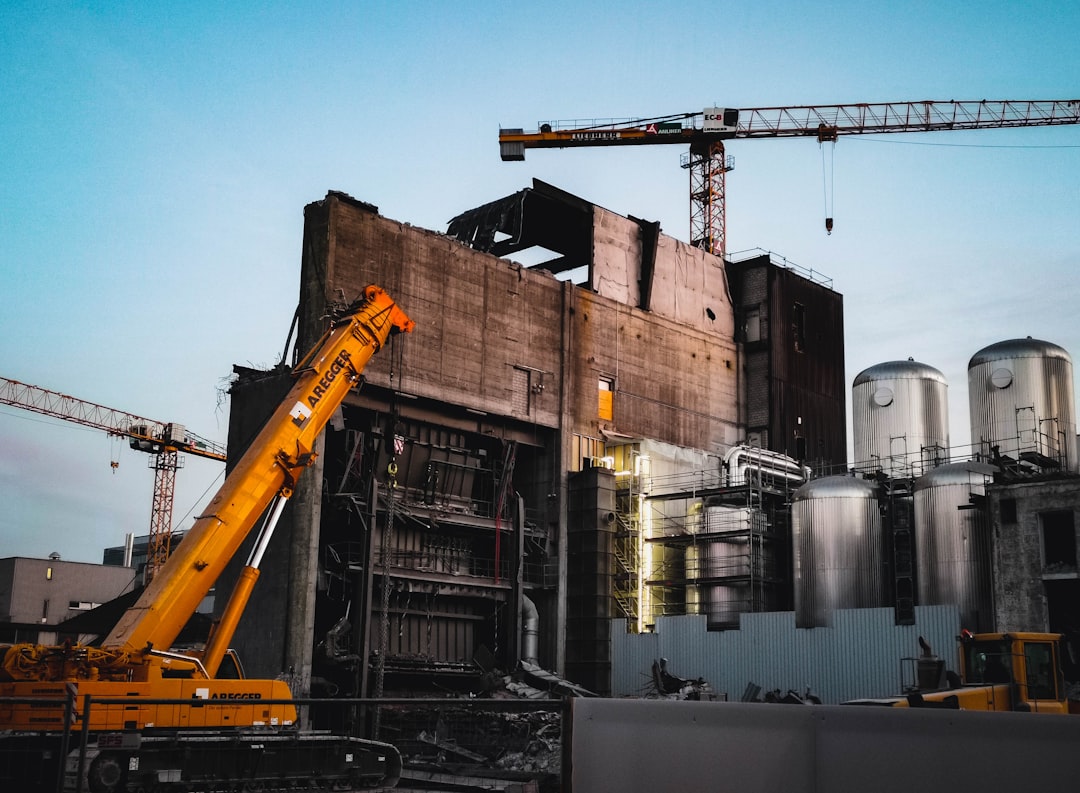The steel industry, a cornerstone of global infrastructure and manufacturing, relies heavily on an efficient and robust supply chain. From the extraction of raw materials to the delivery of finished products, navigating the intricacies of this process is crucial for profitability, sustainability, and market competitiveness. This post delves into the key aspects of supply chain management within the steel industry, exploring the challenges and opportunities presented in this demanding sector.
Sourcing Raw Materials: The Foundation of Steel Production
The steelmaking process begins with the sourcing of essential raw materials, primarily iron ore, coal, and limestone. Securing a consistent and reliable supply of these materials at competitive prices is paramount. This involves establishing strong relationships with mining companies, negotiating favorable contracts, and managing geopolitical risks that can impact availability and pricing. Furthermore, the increasing focus on sustainable sourcing practices necessitates careful consideration of environmental impacts, including carbon emissions associated with mining and transportation. Companies are increasingly adopting strategies like responsible sourcing certifications and investing in technologies to reduce the environmental footprint of raw material extraction.
Steel Production and Manufacturing: Optimizing the Process
The transformation of raw materials into finished steel products is a complex and energy-intensive process. Efficient supply chain management within the production phase involves optimizing production schedules, managing inventory levels, and ensuring the seamless flow of materials through various stages of manufacturing. This requires sophisticated planning systems, real-time data analysis, and advanced manufacturing technologies such as automation and robotics. Minimizing downtime, reducing waste, and improving overall equipment effectiveness (OEE) are crucial for maximizing productivity and minimizing production costs. Furthermore, the integration of Industry 4.0 technologies like predictive maintenance and digital twins can significantly enhance efficiency and reduce unforeseen disruptions.
Logistics and Distribution: Getting Steel to Market
Once steel products are manufactured, efficient logistics and distribution are crucial for timely delivery to customers. This involves selecting appropriate transportation modes (rail, road, sea), optimizing delivery routes, and managing warehousing and inventory. The sheer volume and weight of steel products necessitate specialized transportation and handling equipment. Effective logistics management requires robust tracking systems, real-time visibility into shipments, and strong partnerships with logistics providers. Furthermore, optimizing transportation routes to minimize fuel consumption and carbon emissions is becoming increasingly important in a context of growing environmental concerns. The adoption of technologies like blockchain for tracking and tracing shipments is also gaining traction within the industry.
Inventory Management: Balancing Supply and Demand
Maintaining optimal inventory levels is a critical aspect of steel supply chain management. Holding excessive inventory ties up capital and increases storage costs, while insufficient inventory can lead to production delays and lost sales. Effective inventory management requires accurate demand forecasting, efficient warehousing systems, and robust inventory tracking technologies. The use of advanced analytics and machine learning algorithms can help companies improve forecasting accuracy and optimize inventory levels. Furthermore, the implementation of just-in-time (JIT) inventory systems can help reduce storage costs and minimize waste. The ability to accurately predict and respond to fluctuations in market demand is key to successful inventory management.
Emerging Technologies and the Future of Steel Supply Chain Management
The steel industry is undergoing a digital transformation, with emerging technologies playing an increasingly important role in supply chain optimization. Artificial intelligence (AI) and machine learning (ML) are being used for predictive maintenance, demand forecasting, and route optimization. Blockchain technology offers enhanced transparency and traceability throughout the supply chain, enabling better tracking of materials and reducing the risk of fraud. The Internet of Things (IoT) allows for real-time monitoring of assets and processes, providing valuable data for improved decision-making. The adoption of these technologies is not merely optional; it’s becoming a necessity for companies to remain competitive and adapt to the evolving demands of the global market. Investing in digitalization and upskilling the workforce are crucial for realizing the full potential of these technologies.
In conclusion, mastering supply chain management is essential for success in the steel industry. By focusing on efficient sourcing, optimized production, effective logistics, robust inventory management, and the adoption of emerging technologies, steel companies can enhance their competitiveness, improve profitability, and contribute to a more sustainable future.
Tags: steel supply chain, steel industry, supply chain management, steel manufacturing, steel logistics




